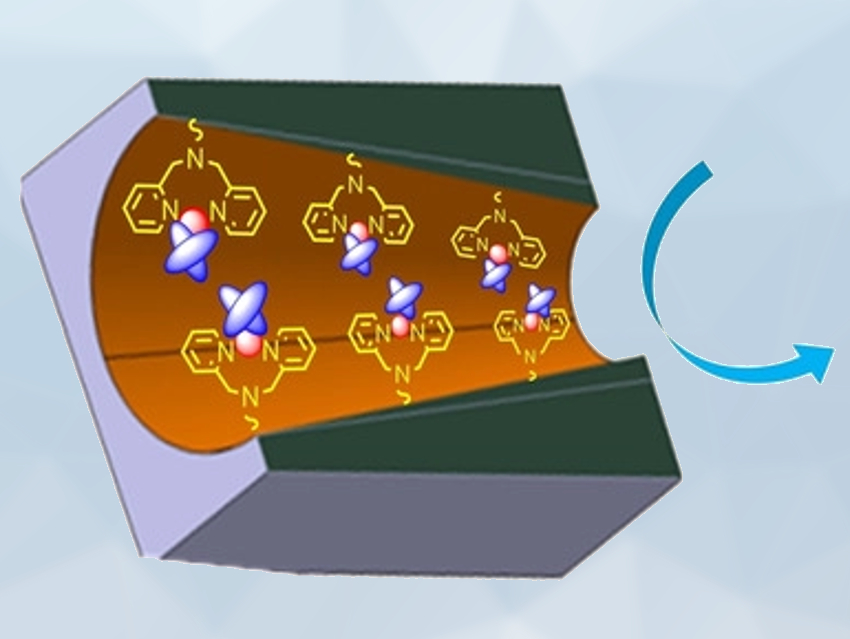Phosphoproteins play a key role in a variety of cellular processes, such as signal transduction, metabolic pathways, gene transcription, and membrane transport. Until now, either antibody- or fluorescence-based techniques have been used for phosphoprotein detection. However, the use of the antibody approach is limited because of the large size of the antibodies, which can interfere with the structure and function of the phosphoprotein. Fluorescence-based techniques require a suitable fluorophore label that can be directly linked to a phosphoprotein receptor, which can be challenging. The development of alternative receptors which can be used for antibody- and label-free phosphoprotein recognition is still in its early stages.
Mubarak Ali, Technical University of Darmstadt and GSI Helmholtzzentrum für Schwerionenforschung, Darmstadt, Germany, and colleagues have developed a nanofluidic device for phosphoprotein recognition that is based on chemically modified conical nanochannels in polymer membranes. The membranes used are 12-μm-thick polyethylene terephthalate (PET) foils. The asymmetric nanochannels were prepared by heavy-ion irradiation of the foils, followed by chemical etching along the damage trails caused by the heavy ions using an NaOH solution. The channel surface was decorated with Zn2+-coordinated dipicolylamine (DPA–Zn2+) chelate complexes, which serve as a receptor for phosphoproteins.
When the resulting functionalized channels are exposed to an electrolyte solution containing a phosphoprotein (such as albumin or α-casein), a significant reduction in ion flux can be observed using a simple electronic readout. This indicates that the phosphoproteins bind to the chelated zinc ions inside the confined structure. The detection works even in the nanomolar (nM) concentration range. Other types of proteins, such as lysozyme and dephospho‐α‐casein, did not cause significant changes in the transmembrane ion flux, even at higher concentrations. Overall, such nanofluidic sensors based on metal-ion chelates could be used to recognize and differentiate phosphoproteins from other proteins.

- Phosphoprotein Detection with a Single Nanofluidic Diode Decorated with Zinc Chelates,
Saima Nasir, Mubarak Ali, Ishtiaq Ahmed, Christof M. Niemeyer, Wolfgang Ensinger,
ChemPlusChem 2020.
https://doi.org/10.1002/cplu.202000045



